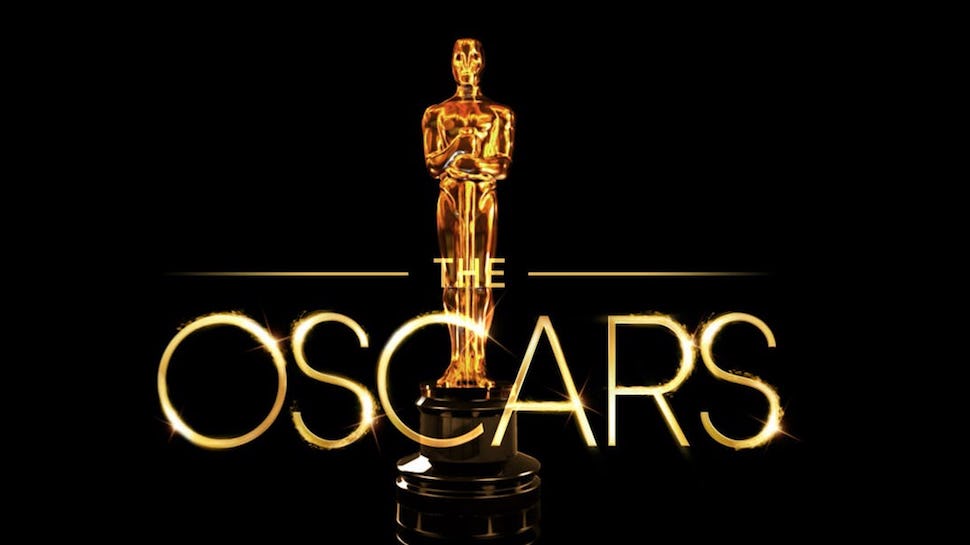Just eight best picture nominations this year and a list of contenders that clarifies what a kickass year 2018 was for female roles. Well done, chicas!
Do we have gripes? Well, honestly, not too many. Here’s the rundown.
SUPPORTING ACTRESS
This is a good list. Strong. Not a lot of bones to pick here. Our heart goes out to anyone trying to narrow this field down to a single winner. Wouldn’t have minded seeing Nicole Kidman (Boy Erased) or Thomasin McKenzie (Leave No Trace) get in, but how to make the room?
Amy Adams (Vice)
Marina de Tavira (Roma)
Regina King (If Beale Street Could Talk)
Emma Stone (The Favourite)
Rachel Weisz (The Favourite)
SUPPORTING ACTOR
We love Sam Elliott. Honestly, who doesn’t? Driver and Rockwell, too, and all were amazing in their respective films. But we would have had to leave them off in favor of Michael B. Jordan (Black Panther) and Lucas Hedges (Boy Erased). But no Timothee Chalamet for Beautiful Boy? That might be the biggest snub this year.
Mahershala Ali (Green Book)
Adam Driver (BlacKkKlansman)
Sam Elliott (A Star is Born)
Richard E. Grant (Can You Ever Forgive Me?)
Sam Rockwell (Vice)
LEAD ACTOR
Another solid list, although how the entire world ignored three insane performances from Joaquin Phoenix this year—You Were Never Really Here, Don’t Worry He Won’t Get Far on Foot, The Sisters Brothers—is beyond us. Please, please do yourself the favor and watch You Were Never Really Here. We’d have given him Mortensen’s slot, but we and the Academy disagree about that one particular film this year.
We would also have made room for Ben Foster (Leave No Trace) with a Malek/Dafoe coin flip.
Christian Bale (Vice)
Bradley Cooper (A Star is Born)
Willem Dafoe (At Eternity’s Gate)
Rami Malek (Bohemian Rhapsody)
Viggo Mortensen (Green Book)
LEAD ACTRESS
We would have applauded nods for Elsie Fisher in Eighth Grade and Toni Collette for Hereditary, but holy cow, people, this is acting. This is the art and the craft, right here. No bones. No complaints. Just awe.
Yalitza Aparicio (Roma)
Glenn Close (The Wife)
Olivia Coleman (The Favourite)
Lady Gaga (A Star is Born)
Melissa McCarthy (Can You Ever Forgive Me?)
ADAPTED SCREENPLAY
Had hoped for Black Panther and Leave No Trace (in a whiplashed swing from “everybody saw” to “nobody saw”). Buster Scruggs was a surprise, but when is it ever a bad idea to nominate the Coens?
The Ballad of Buster Scruggs (Joel and Ethan Coen)
BlacKkKlansman (Charlie Wachtel, David Rabinowitz, Kevin Willmott, Spike Lee)
Can You Ever Forgive Me? (Nicole Holofcener, Jeff Whitty)
If Beale Street Could Talk (Barry Jenkins)
A Star is Born (Eric Roth, Bradley Cooper Will Fetters)
ORIGINAL SCREENPLAY
What we would have given to see Bo Burnham’s Eighth Grade get some love here. Where would we have put it? Honestly, only The Favourite and Roma are better written, but in our book, it certainly deserved the slot designated to the self-congratulatory Green Book.
The Favourite (Deborah Davis, Tony McNamara)
First Reformed (Paul Schrader)
Green Book (Nick Vallelonga, Brian Hayes Currie, Peter Farrelly)
Roma (Alfonso Cuaron)
Vice (Adam McKay)
DOCUMENTARY FEATURE
Don’t mind the overrated Shirkers not making it, but shocked not to see Won’t You Be My Neighbor? here.
Free Solo
Hale County: This Morning, This Evening
Minding the Gap
Of Fathers and Sons
RBG
FOREIGN LANGUAGE FEATURE
Um…Burning? Really, did you just forget?
Capernaum
Cold War
Never Looks Away
Roma
Shoplifters
CINEMATOGRPHY
We’re a little surprised not to see If Beale Street Could Talk or First Man included, but none of these are weak.
Cold War
The Favourite
Never look away
Roma
A Star is Born
ANIMATED
This is just a fight for second place after Spider-Verse.
Incredibles 2
Isle of dogs
Mirai
Ralph Breaks the Internet
Spider-Man: Into the Spider-Verse
DIRECTOR
Would have cheered for Lynne Ramsay (YWNRH), surprised not to see Bradley Cooper (A Star is Born) and disappointed not to see Ryan Coogler (Black Panther), but how great is it to see Pawel Pawlikowski make this list for his groundbreaking love story Cold War? Pretty great. (Also, Oscar likes black and white movies.)
Lee, Lanthimos and Cuaron, though, that is a trifecta we applaud until our hands ache.
Spike Lee (BlacKkKlansman)
Pawel Pawlikowski (Cold War)
Yorgos Lanthimos (The Favourite)
Alfonso Cuaron (Roma)
Adam McKay (Vice)
FILM
Only eight this year, which means we can wish for two without having to bump any. We wish for Eighth Grade and Hereditary. Then we’d bump Bohemian Rhapsody and admitted frontrunner Green Book in favor of Spider-Man: Into the Spider-Verse and You Were Never Really Here. There you go. We’ve dreamed up a nice list.
Black Panther
BlacKkKansman
Bohemian Rhapsody
The Favourite
Green Book
Roma
A Star is Born
Vice
The 91st annual Academy Awards will air Feb. 24th on ABC.









